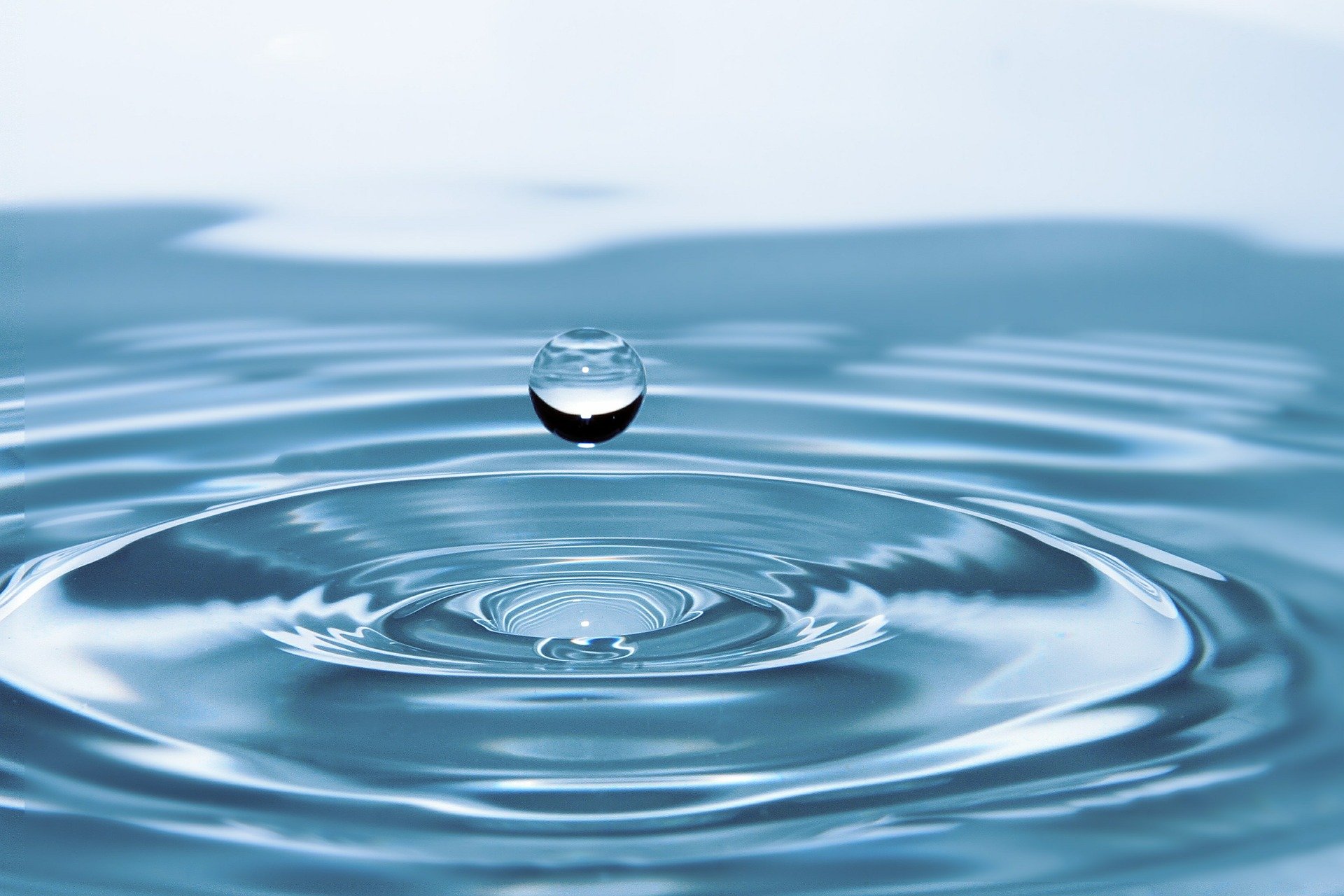Mixing and blending are processes that are critical in many manufacturing lines such as the food and beverage industry, dairy, chemical processing, and others. Speed and versatility are important to manufacturers when addressing blending and mixing in their processes.
Mixing and Blending Processes
No two mixing and blending processes are identical, and the design of the industrial mixing equipment, including the type and the speed, is contingent upon the input phases and properties of solutes and solvents. Different scenarios exist, such as mixing liquid with solid, liquid to liquid, solid suspension, or other processes, each requiring specific intricate needs with flexible solutions. The most common types of pumps are centrifugal and positive displacement, with centrifugal making up the majority of pumps used in most processes.
Mixers and blenders work in conjunction with process pumps and centrifugal shear devices for applications such as food and beverage processing and other mixing processes.
Batch vs. Continuous Mixing
Industrial mixing functions operate either with batch or continuous mixing. Batch mixing is the process of blending one batch of a solution at a time before starting to mix a new batch. Continuous mixing is the process of continually blending and mixing a solution. Continuous mixing is important for companies to meet production demands and plan for growth and requires mixing and blending equipment that does not limit the process to batches. Continuous mixing and blending require pumps, shear blenders, static mixers and eductors.
Inline Induction for Mixing Wet or Dry Ingredients
Inline induction is a popular method of inducing wet or dry ingredients into a fluid stream. There are various methods to accomplish this, such as inducing wet or dry ingredients on the low-pressure side of a pump or sheer blender or on the high-pressure side of a pump. When inducing wet or dry ingredients on the low-pressure side of a pump or sheer blender, a vacuum is created from gradient velocity from high flow naturally toward the pump’s flow capacity upper limit. When inducing wet or dry ingredients on the high-pressure pump side, an eductor is used with cross-sectional area difference.
Each of these in-line induction processes can be performed with recirculation or as a once-through blending. The simplest form of a batch includes two ingredients, one being a liquid and one being a powder. Recirculation requires continuous recirculation of the liquid component until full induction of the powder is realized. Once the powder is fully induced, the process could be considered complete or may require additional recirculation to quicken blending and incorporation.
Once through processes transfer the liquid ingredient from one tank into another, where powder is induced during the inline transfer. These processes typically complete with a higher concentration of powder to liquid than what the finished product calls for, allowing the manufacturer to dilute the final mixture to prepare for another process. In-line induction typically operates well when combined with shear blending, which is why these two processes often operate together for maximum effectiveness.
In-line induction provides many benefits, and the induction time is a critical step in the overall process. Another important consideration includes the proportion of fluid to the dry ingredient, which must be carefully controlled as excessive dry ingredients without enough wet ingredients could cause quality issues. If an in-line valve is throttled to induce more ingredients than it should be, pumps can create a vacuum. Working with thickeners also requires careful control, as increasing the viscosity of a mixture could suddenly stop process flow.
Contact an experienced pump and process equipment supplier such as Illinois Process Equipment, IPE, to learn more about mixing and blending with process pumps.
IPE is recognized as a leading pump and process equipment supplier in the Midwest, offering quality pump solutions and comprehensive services to many markets and applications. We offer quality pumps from top brands and differ from other pump suppliers with our high level of technical expertise and market experience. Contact us to learn more about how process pumps work in mixing and blending.



